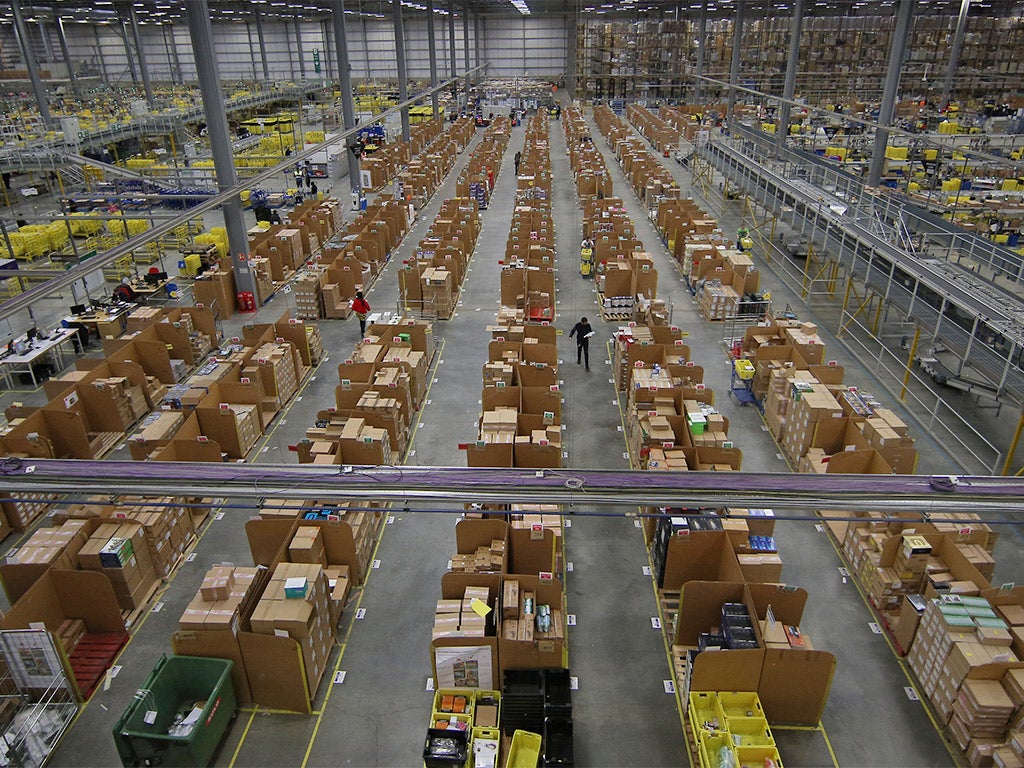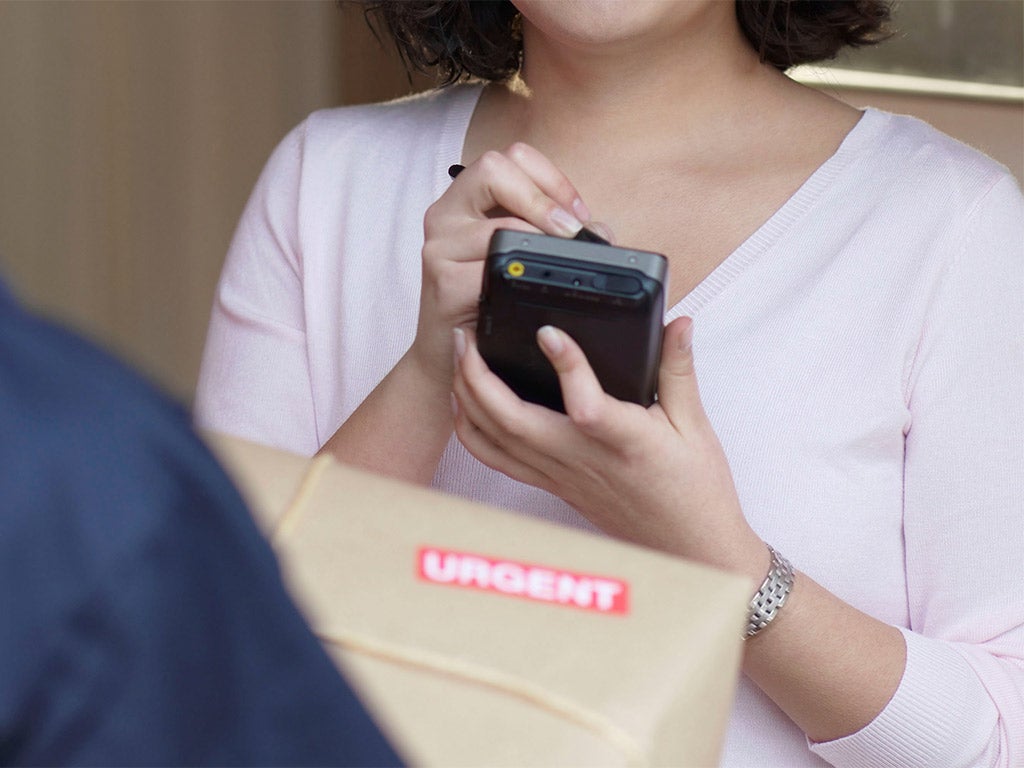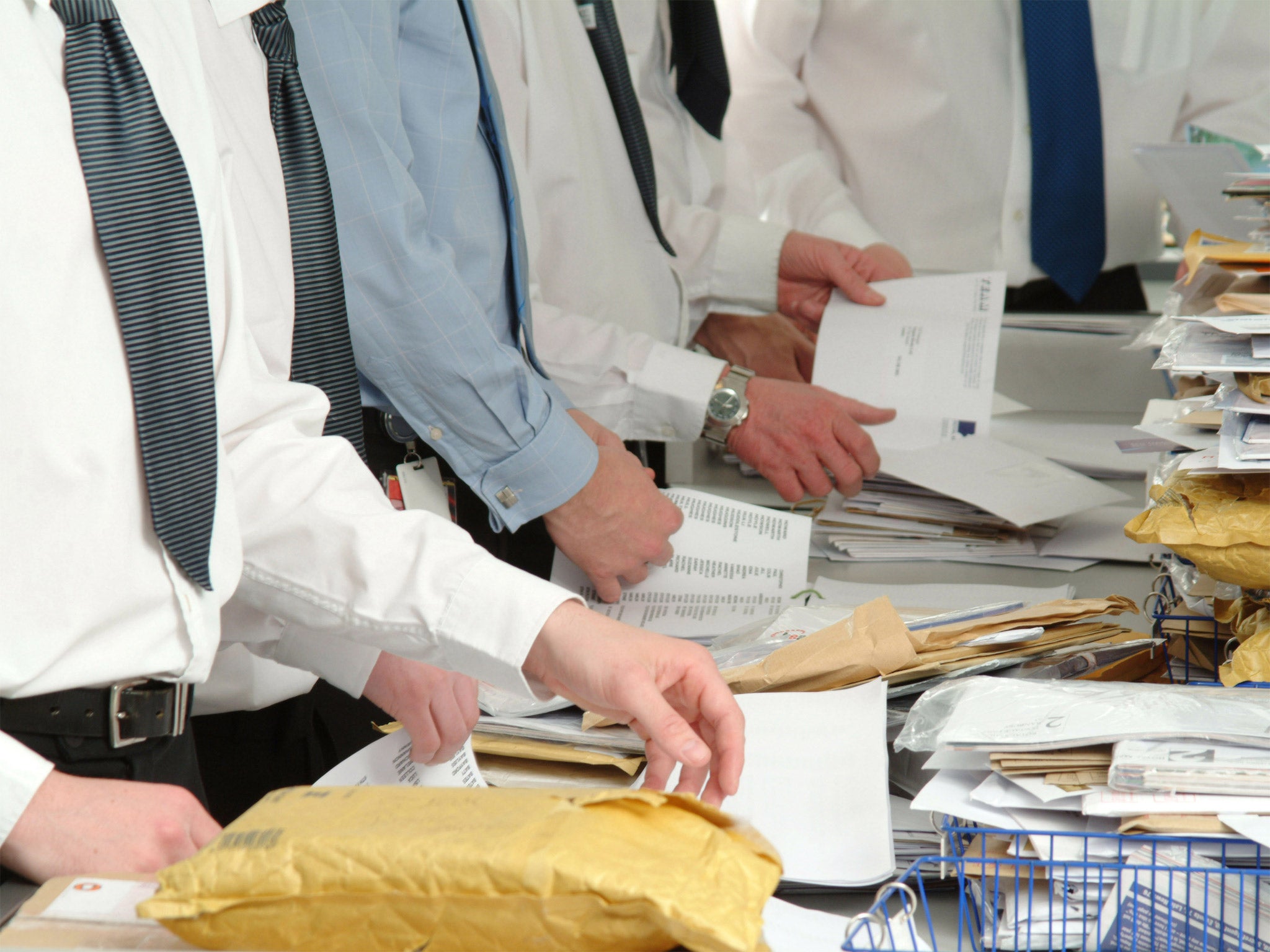Amazon aims to cut customer waiting times to zero with a drive-through supermarket
The company's plan in California's Silicon Valley is far from universally popular. So what will the result be here? Dominic Basulto reports

Technology continues to make it possible to optimise every aspect of business, meaning that "zero" as a business goal – zero excess capacity, zero waste, zero errors (not forgetting zero-hours contracts, regrettably) – is now theoretically possible. Just think of how the rise of the sharing economy has led to the success of the zero marginal cost model. And now Amazon could be on the cusp of introducing another zero into the business lexicon – zero delivery time. That's to say, the time required to get a product from shop to consumer is being whittled down to zero.
Amazon's latest attempt to reach zero delivery time could be a drive-through supermarket for Silicon Valley's tech workers. Amazon users would pick up their grocery items in a physical store after first ordering online and scheduling a pickup time at a nearby facility. From plans presented to Silicon Valley developers and planners recently, it appears that the facility will include a combined 11,600-square-foot building and grocery pick-up area. There's still some debate about whether this is going to happen, and Amazon itself has not confirmed the rumour. But it's lost on no-one that Argos has been offering this service for years, as have all the retailers offering a click and collect service.
The idea of a drive-through supermarket is in the same vein as some of Amazon's other inspired retail concepts, such as using drones to drop off packages on doorsteps. That idea for Amazon Prime Air sounded a bit daft when it first appeared at the end of 2013, but now the Federal Aviation Administration in the US is increasingly on board with the idea of drone deliveries – and a lobbying movement is starting to form around commercial drones there.
You can see where Amazon is going with these ideas: they're all part of a broader retail strategy of getting packages to consumers faster than ever. Before the Amazon drones concept, there was the Amazon Locker concept and the Amazon one-hour delivery service. In cities such as London and New York, Amazon Prime Now makes it possible to receive one-hour delivery on thousands of products.
The problem is still the last mile. In order to be able to get packages to consumers as fast as possible, you've essentially got to have huge warehouses stacked to the ceiling with products located as close to consumers as possible. And then you've got to have the logistical firepower to get these packages to consumers wherever they live. In the case of one-hour delivery in Manhattan, think of massive staging areas in the five boroughs of New York City, with a fleet of vans ready to race over bridges or through tunnels to get packages to consumers.

So far, there's only one such one-hour "hub" in London, at the online giant's delivery centre in Bromley-by-Bow. So what's needed is a way of optimising the process of getting items from warehouses to consumers. And that's where drones come into the picture: they might be more efficient than trucks, planes or cars at getting to hard-to-reach destinations. (Just think of the massive gridlock that can occur in and around any major metropolitan area.)
What's also needed is a way of shortening the physical distance between warehouse and consumer in order to eliminate the risks of encountering those logistical snarls. That's where the physical drive-through grocery story plays a role: the consumer comes to the product rather than the product coming to the consumer.
But if you're truly going to get to zero delivery time, you've got to go even further than that. You have to make it possible for customers to have access to products on demand. So, what if large retailers such as Amazon begin to 3D print products on demand for consumers, literally letting consumers have access to products the moment they want to order them?
Yes, Amazon appears to have thought of that as well. In 2014, the company patented a method of 3D manufacturing on demand. Orders placed by customers would be transmitted to Amazon data centres, which would relay those orders – as well as the digital files for printing those products – to a fleet of mobile trucks equipped with 3D printers. As trucks made their way to delivery points, they would be simultaneously 3D printing products on the go.
Just about the only way delivery could be made faster, in fact, is if Amazon knew your order before you placed it. And according to one concept for which it received a patent in 2013, Amazon was thinking of ways to predict consumer purchases and send them on the way before they had even been ordered.
By analysing abandoned shopping carts or the contents of wish lists, for example, there might be a way to construct an algorithm that could sense and predict when customers in a certain geographic region might be on the cusp of purchasing specific items. Amazon called it "anticipatory shipping".

Now, contrast this "zero" (zero delivery time) with another "zero" – zero margins. Critics could argue that's where the retail world is headed if behemoths such as Amazon have their way. They accuse Amazon of constantly slicing and dicing its prices in order to drive competitors out of business.
The faster that prices drop, though, the faster margins head to zero. If you're as big as Amazon, of course, you can just make it up on volume. Everyone else goes out of business. If given the choice between zero delivery time and zero margins, it's up to the consumer to signal which one is more important.
If zero delivery time is more important, then we will continue to see innovations such as drones and 3D printers play a role. Companies will stand out as innovative, not because they have the best algorithmic price optimisers, but because they are pushing the envelope on how you get your products.
The Amazon drive-through grocery store concept is just like the Amazon drones concept: it may or may not go anywhere, but it certainly is interesting and it points to a future of retail innovation in which zero delivery time is closer and closer to being a possibility.
That's a big zero for Amazon to aim at – and a huge plus for consumers.
A version of this article appeared in The Washington Post
Postal purge: employers crack down
One-click ordering to save time, huh? You only browse in your lunch hour, you say? Never mind social media, online shopping is just as much the scourge of workplace productivity. But a new employer crackdown on the habit comes not to prevent time-wasting, but to free up overflowing post rooms from the mounting towers of personal packages, ordered to work addresses because there is no one at home to sign for them.
The banks HSBC, Citigroup and JP Morgan have all banned staff from ordering personal items to the office, as have the DVLA and the Department for Transport. Lloyds and American Express say they are actively discouraging employees from shopping al-desko.
Internet shopping in the UK is one of the few economic growth stories; sales are increasing by 15 per cent each year and it's projected we'll spend more than £50bn this year, literally without opening our wallets.
Security is also an issue when large numbers of packages arrive at busy office receptions, but the main problem is bulk. One Canary Wharf security director estimates that about one third of the 11,000 deliveries each month – to the One Canada Square location alone – aren't work-related.
Amazon, keen to keep those fingers clicking, knows about these crackdowns – hence its extra focus on offering more and better delivery options.
Join our commenting forum
Join thought-provoking conversations, follow other Independent readers and see their replies
Comments
Bookmark popover
Removed from bookmarks